NiMH batteries are a great choice when it comes to powering our electronic devices. They are reliable, cost-effective and environmentally friendly. However, like all batteries, they eventually lose their charge capacity with use. This can be quite frustrating as your gadgets may not last as long as you would like, or you may find yourself having to charge them more often than expected.
Fortunately, there are ways to recondition NiMH batteries and restore their original performance. This guide will provide you with all the information you need about how to recondition NiMH batteries, as well as answers to common questions and useful tips for getting the best results.
What is a Nimh Battery?
NiMH (Nickel Metal Hydride) batteries are a type of rechargeable battery, which means they can be used repeatedly. They are the most popular type of rechargeable battery today for consumer and industrial use due to their high energy density and long life. NiMH batteries have a higher capacity than similar sized alkaline or lithium-ion batteries, making them ideal for powering electronic devices like cordless tools, digital cameras and portable audio players. [2]

What Is Battery Reconditioning?
With battery reconditioning, you can get more performance out of your NiMH batteries and save money at the same time. It’s a win-win situation! [2]
How to Recondition a Battery
Step 1: Checking the Battery
The first step to reconditioning a NiMH battery is to check that it is suitable for reconditioning. You should inspect the battery for any signs of damage, corrosion, leaking electrolyte or other evidence of defects. Additionally, you should ensure that the battery is not heavily discharged (less than 20% charge left). If the battery appears to be in bad condition, it is best to replace it.
If the battery passes inspection, then it’s time to start reconditioning! [4]
Step 2: Reviving the Battery
To revive a NiMH battery, you need to restore the charge capacity of the cells. To do this, you will need to reset the memory effect that is associated with NiMH batteries. This can be done by simply discharging the battery completely and then recharging it again using a slow charging rate (1/10th to 1/4th its rated capacity).
Once the battery is recharged, you can move on to step 3. [4]
Step 3: Explanation
The reconditioning process involves cycling the battery through several charge and discharge cycles. This will help to restore the internal structure of the cells, which in turn helps to improve its performance.
When discharging the battery, make sure that you do not let it go below 0 volts (which could damage the cells). It is also recommended to discharge the battery slowly (no more than 1/10th of its rated capacity per hour).
When charging the battery, it should be done at a slow rate. This will help to ensure that the cells are not overcharged and damaged. The ideal charge rate for rechargeable NiMH batteries is between 1/10th to 1/4th of its rated capacity.
Once you have completed several charge/discharge cycles, your battery should be ready to use again! [4]
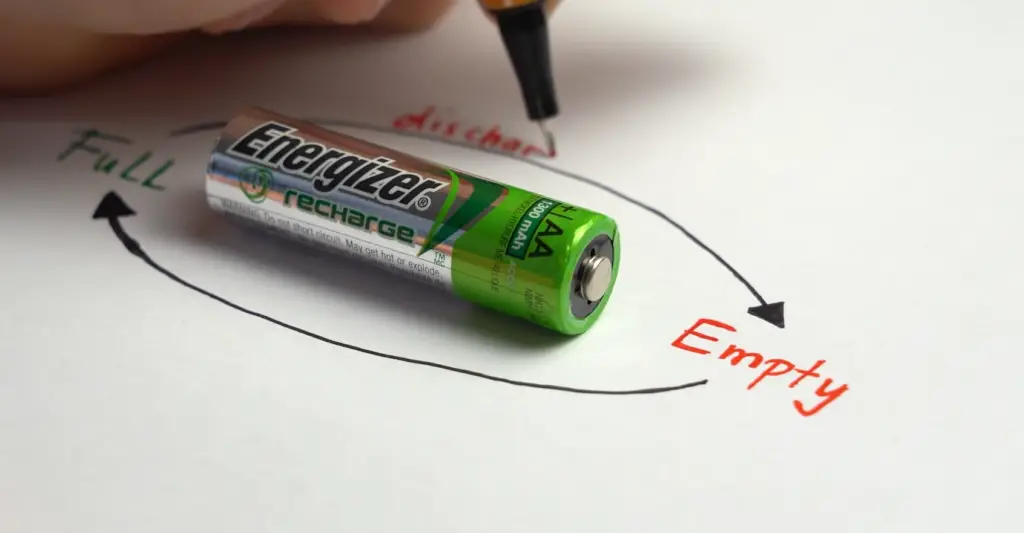
How to recondition hybrid batteries?
Reconditioning hybrid batteries is not a difficult task, as long as you follow the steps correctly and use the right materials. You’ll need some specialized tools and kits to get started, such as desulfating chargers for NiMH cells, safety equipment like gloves and eye protection, specialty wrenches or sockets, wire cutters/strippers, soldering irons, and a few other items.
- Step 1: Disconnect the battery from the vehicle and remove it. Make sure to wear proper eye protection and gloves during this process.
- Step 2: Check the physical condition of the battery, including its terminals, cables, connectors, and any casings or covers. Clean any corrosion that appears with baking soda and water, then dry the battery thoroughly.
- Step 3: Look for any signs of damage such as bulging, cracks, or leaks. If there is any visible damage to the cells themselves, you will need to find replacement cells before attempting to recondition them.
- Step 4: Use a desulfating charger and follow the instructions carefully. Desulfating chargers are designed to remove sulfation, the buildup of lead-sulfur compounds that can reduce the capacity and lifespan of a battery.
- Step 5: Once the desulfating process is complete, use a standard charger to recharge the battery. Make sure to follow all safety procedures while doing so. [1]
How long does it take to recondition a hybrid battery pack?
The amount of time needed to recondition a hybrid battery pack will depend on the size and type of the battery. Generally, it can take about 6-10 hours for a standard size hybrid battery pack to be completely reconditioned. This estimate does not include charging and discharging times, so it is important to factor those in when estimating how long the process will take. Keep in mind, if the battery is very old or has experienced significant damage, the reconditioning process could require more time and effort. [1]
Why recondition or repair hybrid batteries?
If your hybrid battery is no longer performing as it should, reconditioning or repairing it could be worth considering. Reconditioning a NiMH battery can help restore its performance and extend its life. This process can also help to reduce the need for costly replacements.
Though reconditioning can involve several steps, many of these steps are relatively simple and can be completed without technical or specialized tools. Also, reconditioning a hybrid battery doesn’t require any special skills. [1]
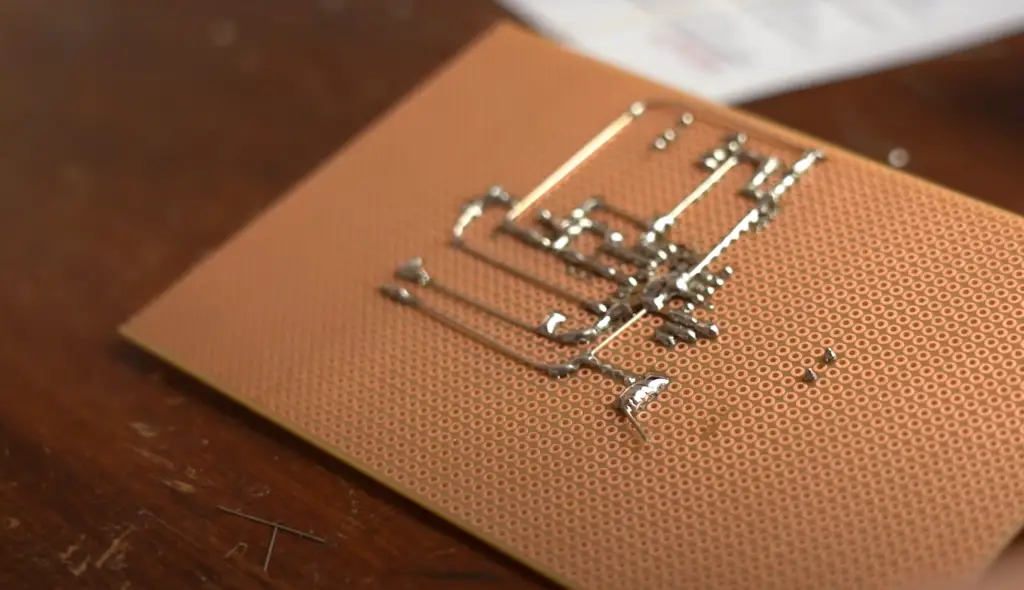
Reconditioning/Repair vs buying new batteries
Benefits of reconditioning hybrid batteries
Reconditioning or repairing hybrid batteries has several benefits over buying new ones. First, it can save you a lot of money. New hybrid batteries are expensive and the cost savings associated with reconditioning can be significant. Second, reconditioned batteries tend to have better performance than those that are brand new. This is because they are more efficient and have been tested extensively. Finally, reconditioning or repairing hybrid batteries is much more environmentally friendly than buying new ones. This is because it reduces the resources needed to manufacture new batteries and helps reduce waste. [5]
Benefits of buying replacement hybrid batteries
While reconditioning or repairing hybrid batteries may be more cost effective and environmentally friendly, there are times when buying replacement batteries is the best option. First, if your battery needs a major repair or if it has been severely damaged, then it would be better to buy a new one. Second, buying new batteries can provide you with peace of mind knowing that they are reliable and of the highest quality. Finally, buying new batteries can often be more cost effective in the long run as they tend to last longer than reconditioned ones. [5]
What’s the difference between NiMH batteries and NiCaD batteries?
NiMH batteries (Nickel-Metal Hydride) and NiCad batteries (Nickel Cadmium) are both rechargeable battery types.
NiMH batteries generally last longer than NiCad, hold more charge, and they do not suffer from the same ‘memory effect’ that plagues NiCads. This means that you can recharge your NiMH batteries whenever you want, even if it’s not completely drained.
NiCad batteries have been largely replaced by NiMH batteries in consumer products due to their lower cost and higher capacity. Additionally, NiCad batteries contain cadmium, a toxic heavy metal that can be hazardous to the environment. [3]
What are NiMH batteries used for?
NiMH batteries are rechargeable batteries that are commonly used in a variety of applications such as toys, digital cameras, remote controls, laptop computers and power tools. They have a much higher energy density than other types of rechargeable batteries, making them far more efficient and longer lasting. NiMH batteries also have a lower self-discharge rate than NiCd batteries, meaning they can hold their charge for a much longer period of time.
NiMH batteries have become increasingly popular due to their long lifespan and the fact that they are more environmentally friendly than disposable batteries. However, like all rechargeable batteries, over time NiMH batteries will lose their capacity to hold a charge and need to be reconditioned. [3]
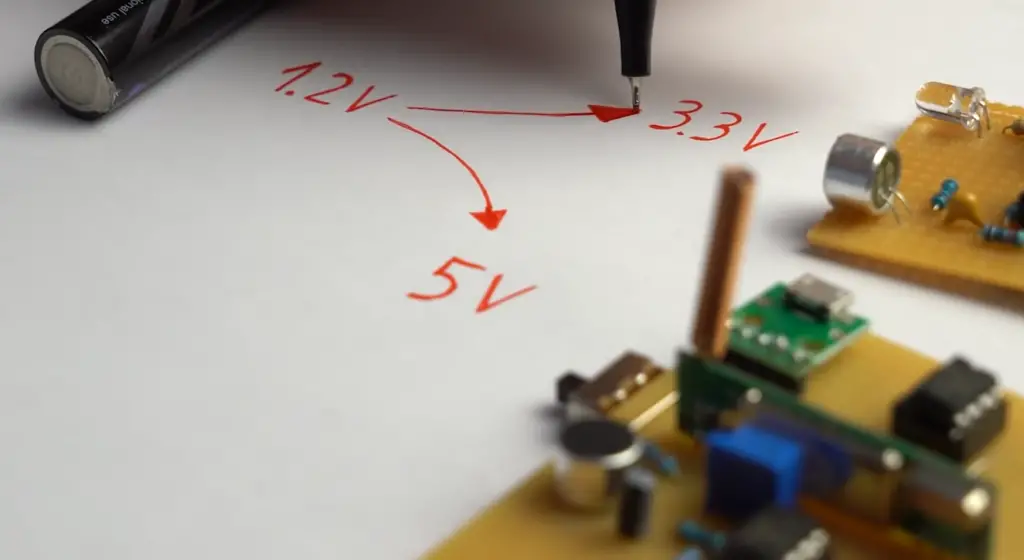
Tips to keep your NiMH Batteries lasting the longest?
- Charge your NiMH batteries completely before using them and don’t let them sit in a discharged state for long periods of time.
- Make sure you use the right charger for your NiMH batteries, as some chargers may not be compatible with certain types.
- Use the rechargeable batteries only when necessary – avoid overcharging and over discharging them.
- Keep your NiMH batteries clean, and always store them in a cool, dry place away from direct sunlight or heat sources – this will help to keep the battery life longer.
- Avoid mixing old and new batteries together as this can cause problems with power output. [3]
Why should you recondition NiMH batteries?
NiMH batteries are among the most popular types of rechargeable batteries for consumer electronics. But, like any other type of battery, they will eventually lose their capacity to hold a charge over time. That’s why reconditioning NiMH batteries can be so beneficial!
Reconditioning NiMH batteries allows you to restore them to their original capacity, and in some cases, even revives them from the “dead” state. This is especially useful if you have an old device that still works but can no longer hold a charge for very long.
Reconditioning NiMH batteries also saves you money! [3]
FAQ
Can you revive NiMH batteries?
Yes, you can revive NiMH batteries by reconditioning them. This involves discharging the batteries to a certain level and then recharging them with a special charger that is designed for reconditioning NiMH batteries.
How do you recover an old NiMH battery?
The best way to recover an old NiMH battery is by reconditioning it. This process involves discharging the battery completely, then charging it with a special charger that is designed for reconditioning NiMH batteries.
Do NiMH batteries need to be cycled?
Yes, NiMH batteries should be cycled regularly in order to maintain their performance and extend their life. This involves completely discharging the battery and then recharging it with a special charger that is designed for reconditioning NiMH batteries. It’s important to note that cycling should only be performed on NiMH batteries that are in good condition.
Is it OK to store NiMH batteries fully charged?
No, it is not recommended to store NiMH batteries fully charged. This can cause the battery cells to become unbalanced and lead to poor performance or even permanent damage. Instead, it is best to store NiMH batteries partially charged (about 40-50% of their capacity) in order to maximize their lifespan.
Is it OK to leave NiMH batteries fully charged?
No, it is not recommended to leave NiMH batteries fully charged for extended periods of time. This can cause the battery cells to become unbalanced and lead to poor performance or even permanent damage. Instead, it is best to store NiMH batteries partially charged (about 40-50% of their capacity) when they are not in use.
How many years can NiMH batteries last?
The lifespan of NiMH batteries depends on how they are used and stored. With proper care, NiMH batteries can last for several years or even up to 10 years in some cases. However, if the battery cells become unbalanced due to excessive charging or discharging cycles, their lifespan will be greatly reduced.
Do rechargeable NiMH batteries go bad if not used?
Yes, rechargeable NiMH batteries can go bad if they are not used regularly. This is because the battery cells become unbalanced over time if they are not cycled on a regular basis. If you do not plan to use your NiMH batteries for an extended period of time, it is best to store them partially charged (about 40-50% of their capacity) in order to maximize their lifespan.
Useful Video: How To Revive Dead/Deep-Discharged NiMH Batteries Easily
Conclusion
Reconditioning NiMH batteries is an effective way to increase battery life. It can be done in a few simple steps and with minimal effort. A properly reconditioned NiMH battery should last longer than its original rated capacity, making it more cost-effective and efficient in the long run. There are some risks associated with reconditioning that must be taken into consideration, however. The cells should be kept at the correct temperature and usage should be monitored to avoid overcharging or discharging. Additionally, it is important that all safety precautions are followed when handling NiMH batteries. With proper care and attention, reconditioned NiMH batteries can make a great addition to any home.
References
- https://www.forgednfast.com/can-you-recondition-a-nimh-battery/
- https://www.instructables.com/A-simple-step-to-revive-a-dead-Ni-MH-battery/
- https://www.beyonddiscovery.org/battery-voltage.html
- https://a3global.com/hybrid-battery-reconditioning-guide
- https://www.repairsmith.com/blog/battery-reconditioning/





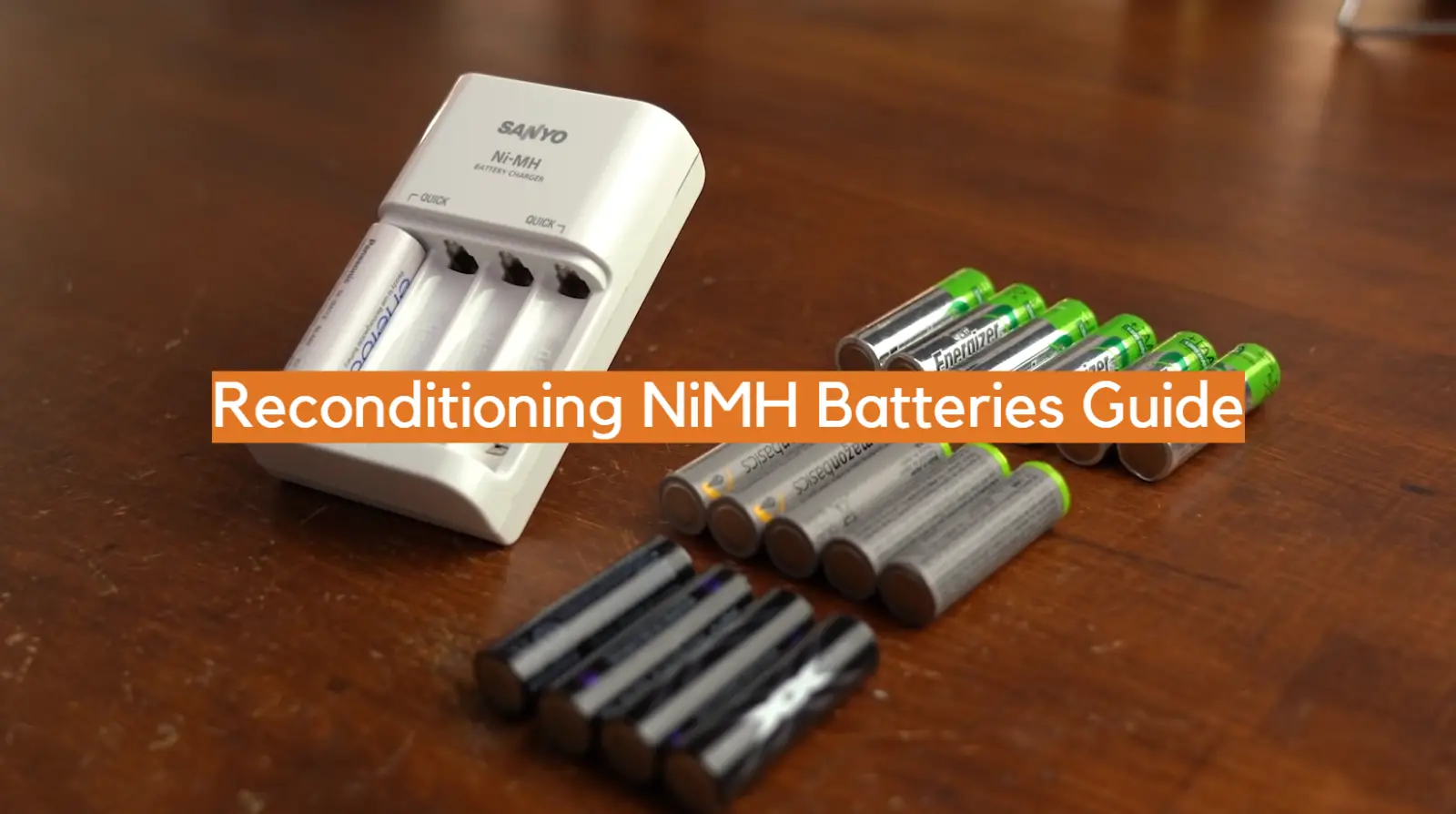



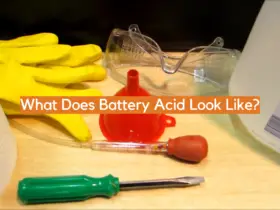

Leave a Reply